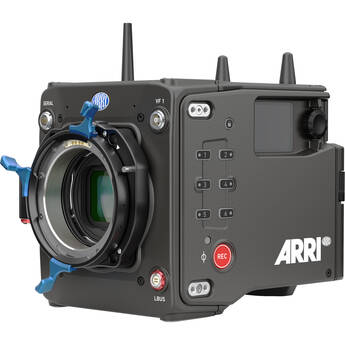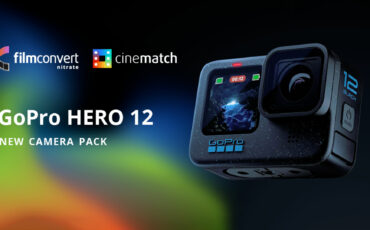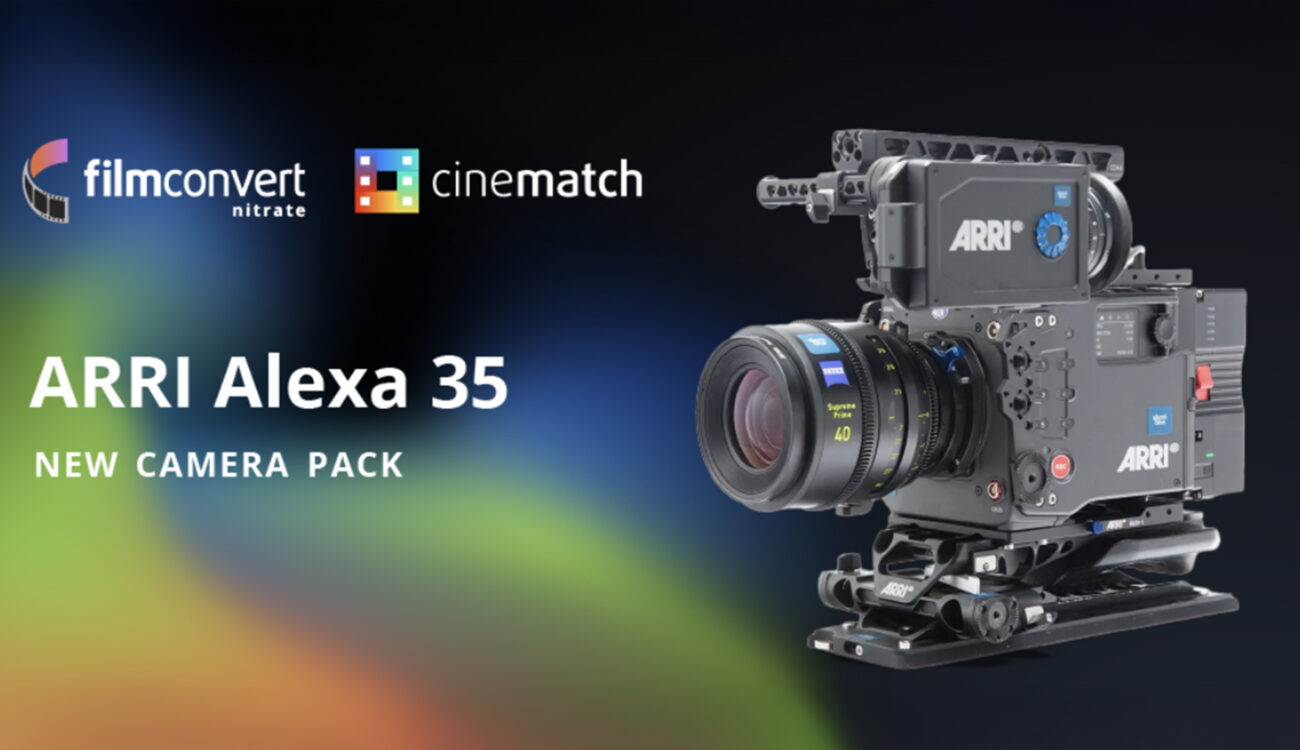
FilmConvert has announced that both CineMatch and Nitrate are now compatible with the ARRI Alexa 35, making it easier than ever to match footage from this high-end cinema camera with other systems. Given the Alexa 35’s 17 stops of dynamic range and new Log C4 color science, this update is a significant development for colorists and filmmakers working in multi-camera environments. Let’s have a look.
For those unfamiliar with FilmConvert, their CineMatch tool helps adjust colors between different cameras by matching their color science, making it easier to blend footage from multiple sources. FilmConvert Nitrate is a film simulation plug-in that emulates the look of classic film stocks, adding grain and color profiles to digital footage for a more organic, cinematic feel. FilmConvert continuously expands the compatibility of both programs, recently adding support for the Sony a6700 and Sony a7R V cameras, the iPhone 16 Pro – and now the ARRI Alexa 35, integrating their high-end color science into the CineMatch and Nitrate workflow.
Learn Everything in Premiere Pro
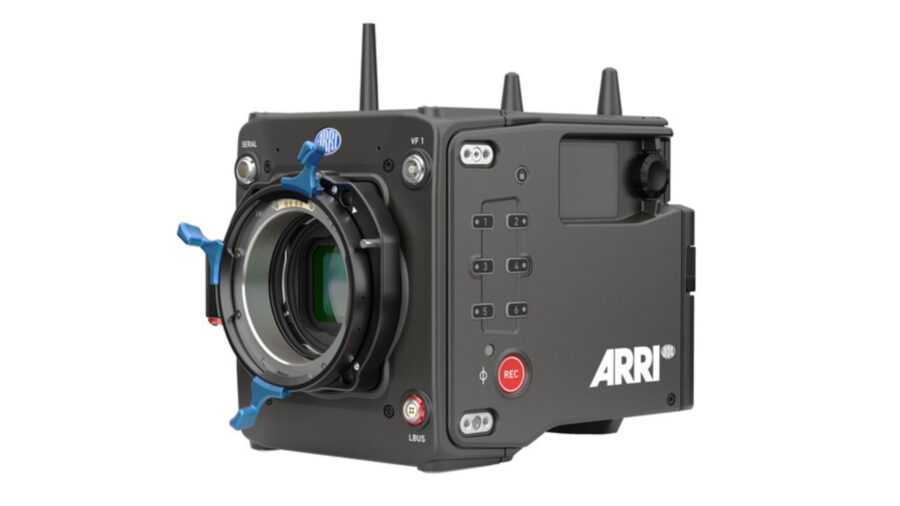
The ARRI Alexa 35 – high image cinematic quality in a Super 35 package
The ARRI Alexa 35, released in 2022, retails for $83,000 (The base model starts at $55,000), but not without a reason. The Alexa 35 is a high-end cinema camera featuring a 4.6K Super 35 CMOS sensor with 17 stops of dynamic range, delivering exceptional highlight retention, shadow detail, and much more. CineD’s lab test put the camera through its paces, which you can read about here. Plus, the camera now offers a new Log C4 color profile. For more on the ARRI Alexa 35, you can also have a look at their website.
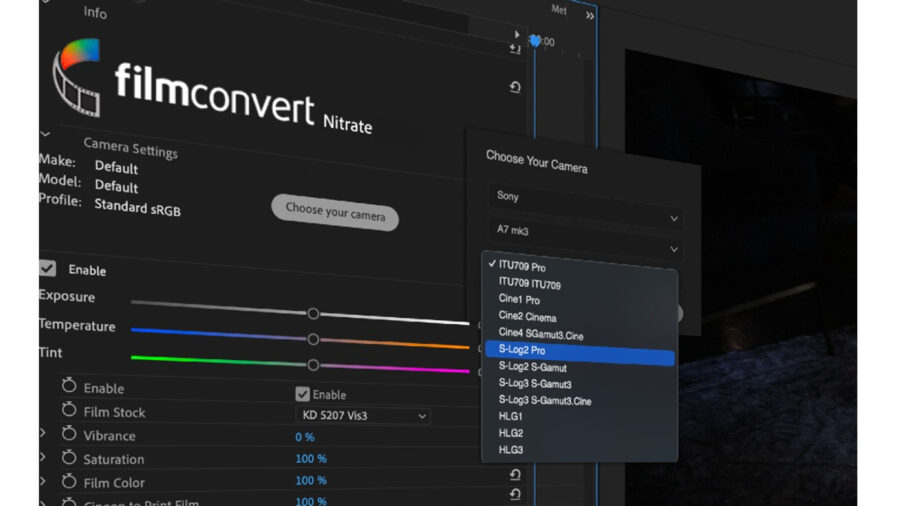
Pricing and availability
FilmConvert suggests trying out the plugin using the Alexa 35 profile – you can download a free trial here. Both plugins retail for $149, but you can get 10% off through CineD using this link. If you are already a CineMatch or Nitrate user, you can download the camera pack for free – CineMatch can be downloaded here, and Nitrate here.
How do you approach color matching when working with multiple cameras? Do you prefer using CineMatch for color consistency, or do you rely on manual grading? Let us know in the comments!



